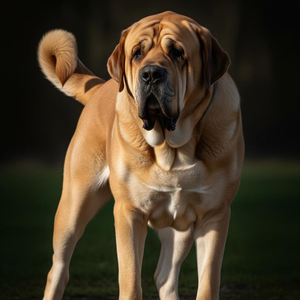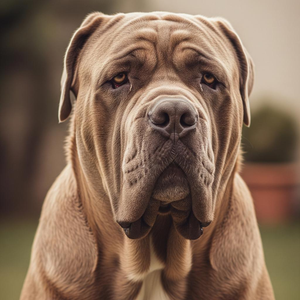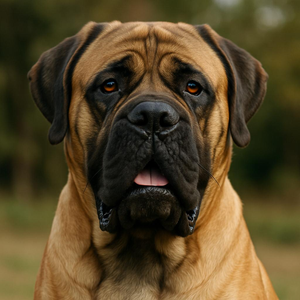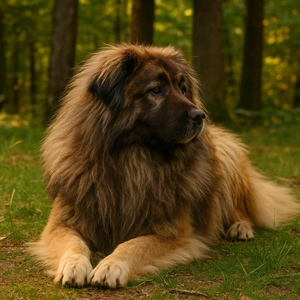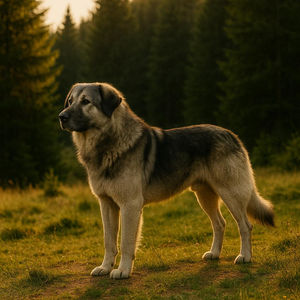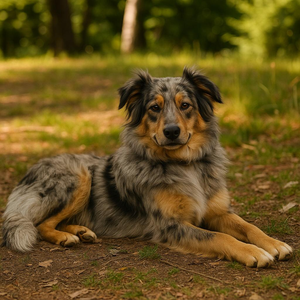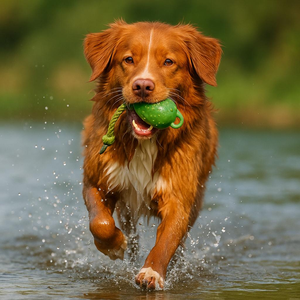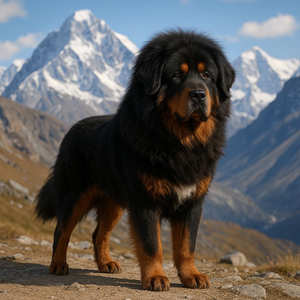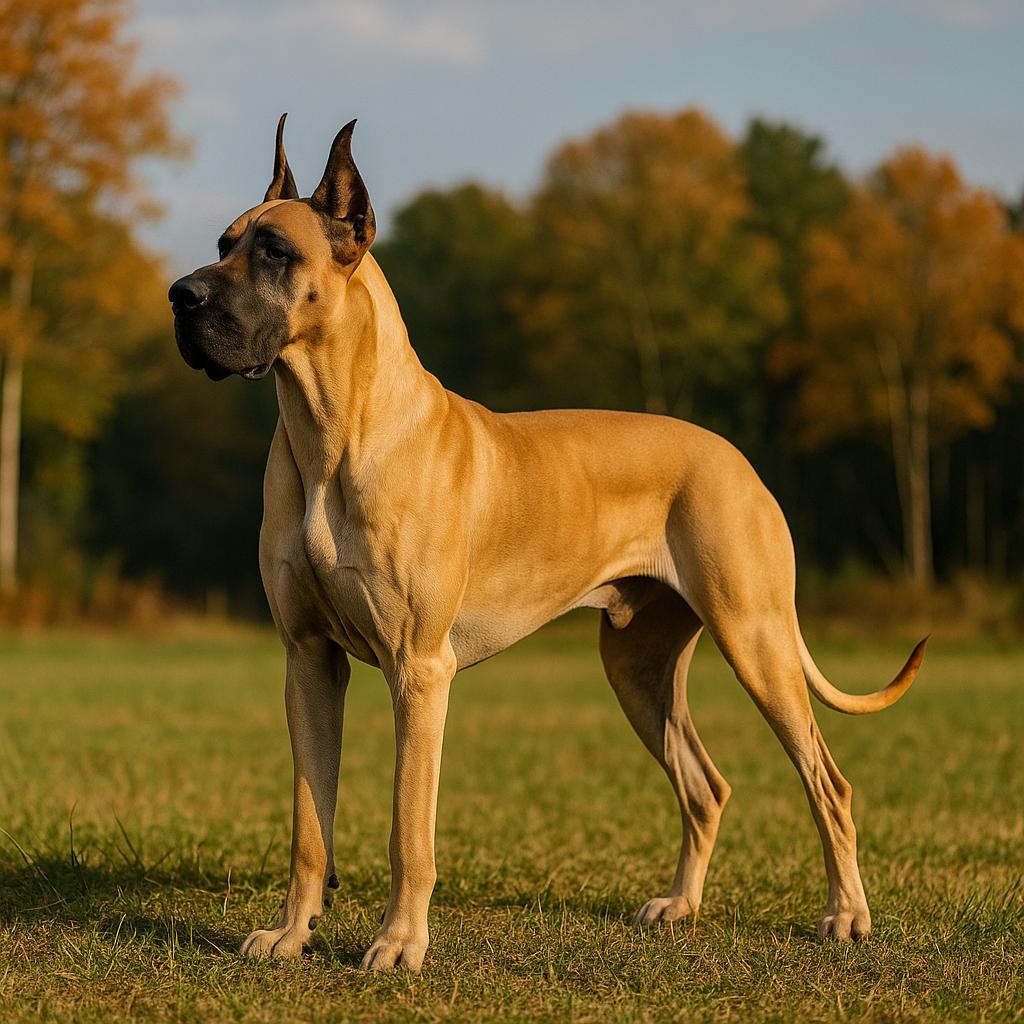
Life and Temperament of the German Great Dane Breed
The German Dane dog breed originated in Germany, but it is said that similar molossoids were brought to Europe in the wake of the Great Danes, a population that formerly resided in what is now Iran. They are also erroneously called Danes or Great Danes, although Denmark has only a marginal part to play in the formation of this breed, which is, moreover, natural, except that at a certain period they were the most popular dogs in Denmark.
At first, in Berlin, at the end of the nineteenth century, some breeders decided to catalogue several groups of almost completely similar molossoid dogs from southern Germany under the name Deutsche Dogge (German Hound). The name Alano, as it was called in Italy, came later around 1920, in honour of the people who are thought to have brought the first specimens to Europe.
They have always been excellent guard dogs, but were also used extensively for hunting, especially wild boar, bear and deer. However, over the centuries, it has undergone some changes. It is said that it was mated with greyhounds to increase speed. In the Middle Ages it was one of the favourite dogs of feudal lords and in the Renaissance the Great Dane became the dog of the European elite, due to its particularly beautiful and elegant appearance. Traces of it can be found in many paintings of the time, when gentlemen and noblewomen liked to have their dogs portrayed.
Until a few years ago, these dogs had their ears cut off, both for aesthetic reasons and for hunting. Fortunately, this barbaric technique has now been banned, both for them and for Dobermans.
Character of the German Dane dog breed
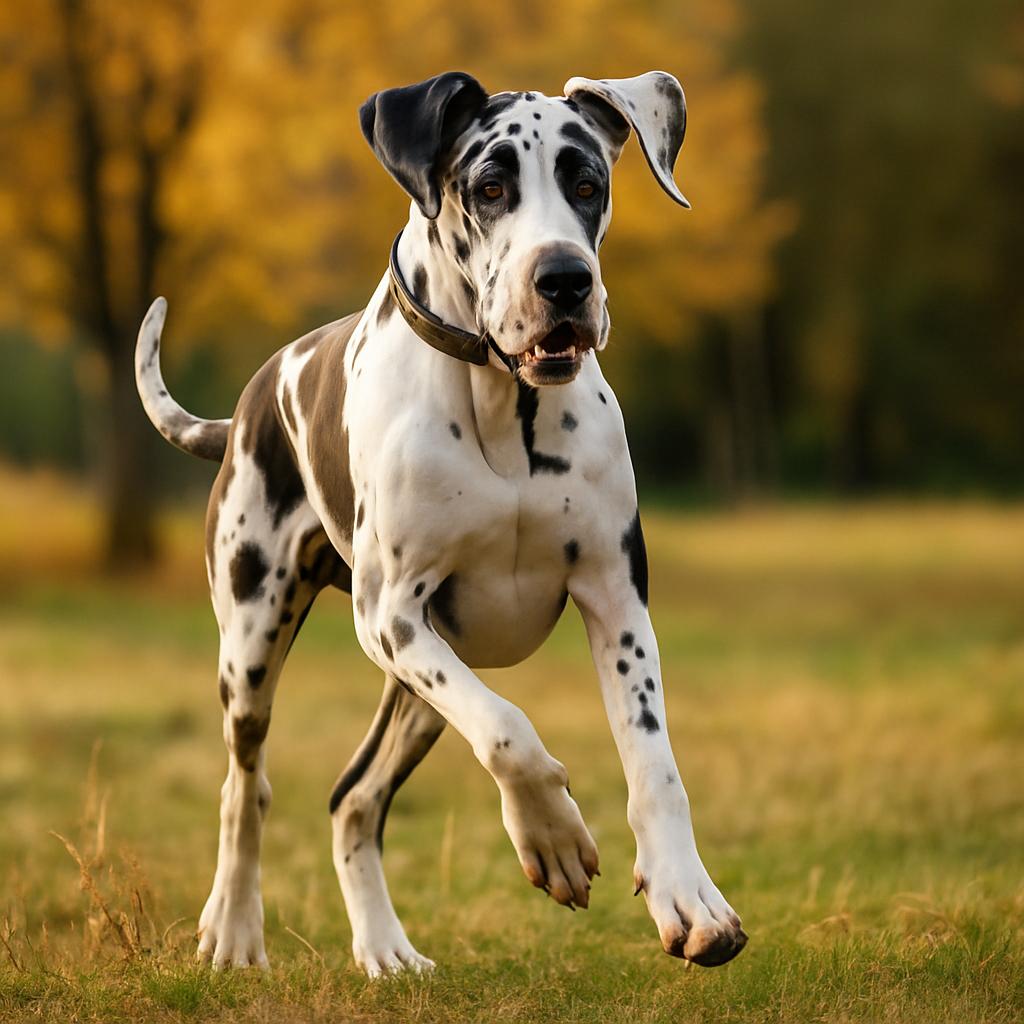
The Great Dane is a dog that becomes very attached, especially to its owner, so much so that it seems almost morbid. It becomes sad if it does not see its owner for several hours, so it is not a dog suitable for those who are away from home a lot for work. He is very intelligent and learns quickly, so he does not need any special training, but given his size it is a good idea to teach him from an early age how to handle it and not to become too intrusive.
He likes to go for long walks, especially with his owner, but he does not disdain long sleeps on the sofa, as he is a dog that adapts well to a flat, as long as this is appropriate to his size. A rather large garden, however, would be ideal for this dog's movement. It is one of the laziest dog breeds, which is why it should be encouraged to exercise.
It is not a dog suitable for children, especially small ones. He is never aggressive to them and is very gentle, but it is precisely his size that can become a danger when playing; he is very heavy and an abrupt movement could hurt the child. However, it is also an excellent guard dog, which is not aggressive towards strangers, but if given the order to attack an intruder who has bad intentions in his own home, the Great Dane is very good at reacting.
Even with other animals, dogs or cats, he is sociable, does not tend to dominate and loves the company of his fellow dogs.
Appearance of the German Great Dane dog breed
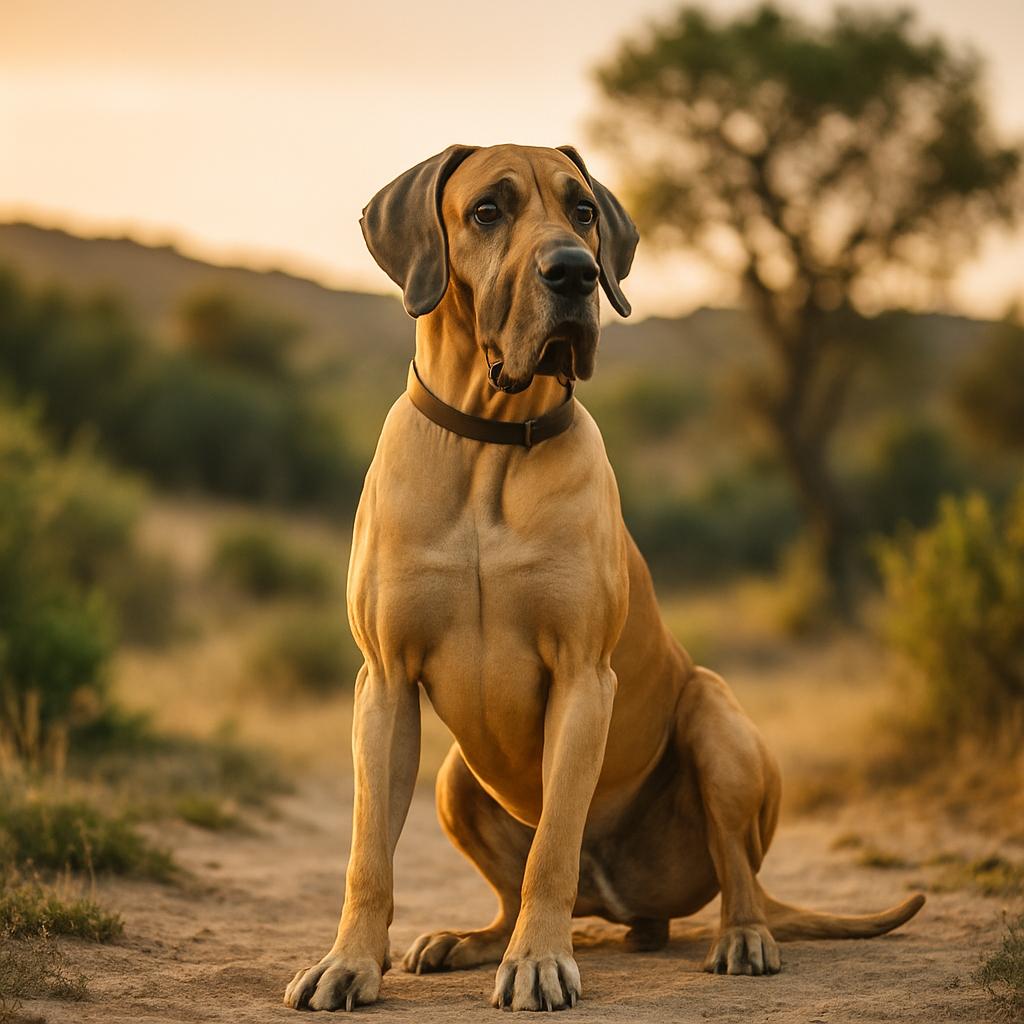
Despite its size, it has a slender, slender body that is very elegant overall. The musculature is well-developed and evident throughout the body, the legs are strong and muscular, in the hindquarters the thighs must be wide and with good muscle mass, the tail is medium with a high hairline.
The head is narrow, elongated and with a beautiful expression, the muzzle is pronounced. The truffle is wide and voluminous and always dark in colour. the ears are attached high and dangling.
The coat is short, smooth, dense and glossy. Great Danes are bred with different coat colours: tiger, fawn, black, blue, white and black (called Harlequin).
Care and health of the German Dane dog breed
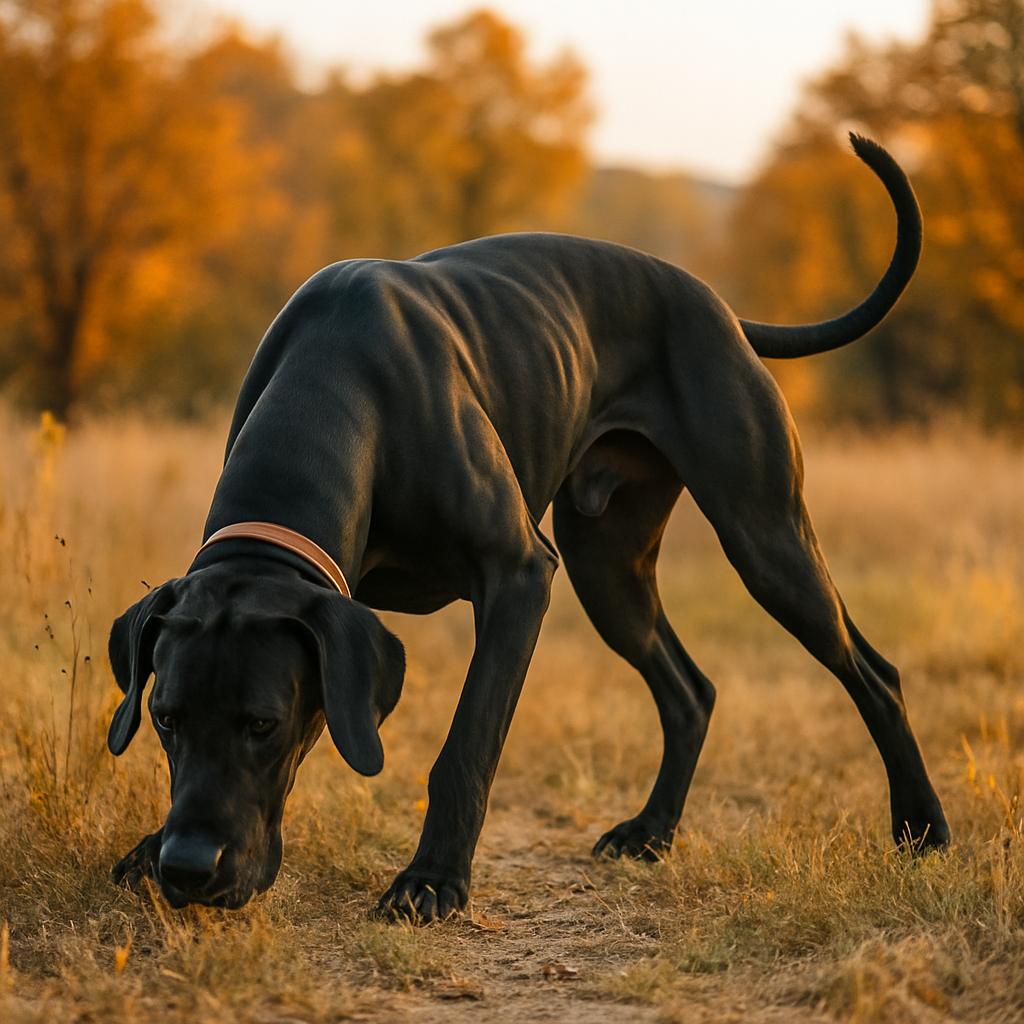
A lot of care must be taken with their diet, especially in the first months of life. As they have a low metabolism, these dogs must follow a balanced and controlled diet, so great attention must be paid to the quantity of portions and to ensuring that they get enough exercise. Around 4 to 5 months of age, the puppy should be x-rayed to rule out hip dysplasia.
Unfortunately, the Great Dane, like many other large breeds, does not have a very long life expectancy, ranging from 8 to 12 years.
As far as its coat is concerned, the Great Dane loses some hair, but this is not a problem if it is brushed at least once a week. However, the ears, eyes and mouth must be checked and cleaned to avoid infection. A bath at least monthly is advisable, especially if he is outdoors a lot.


